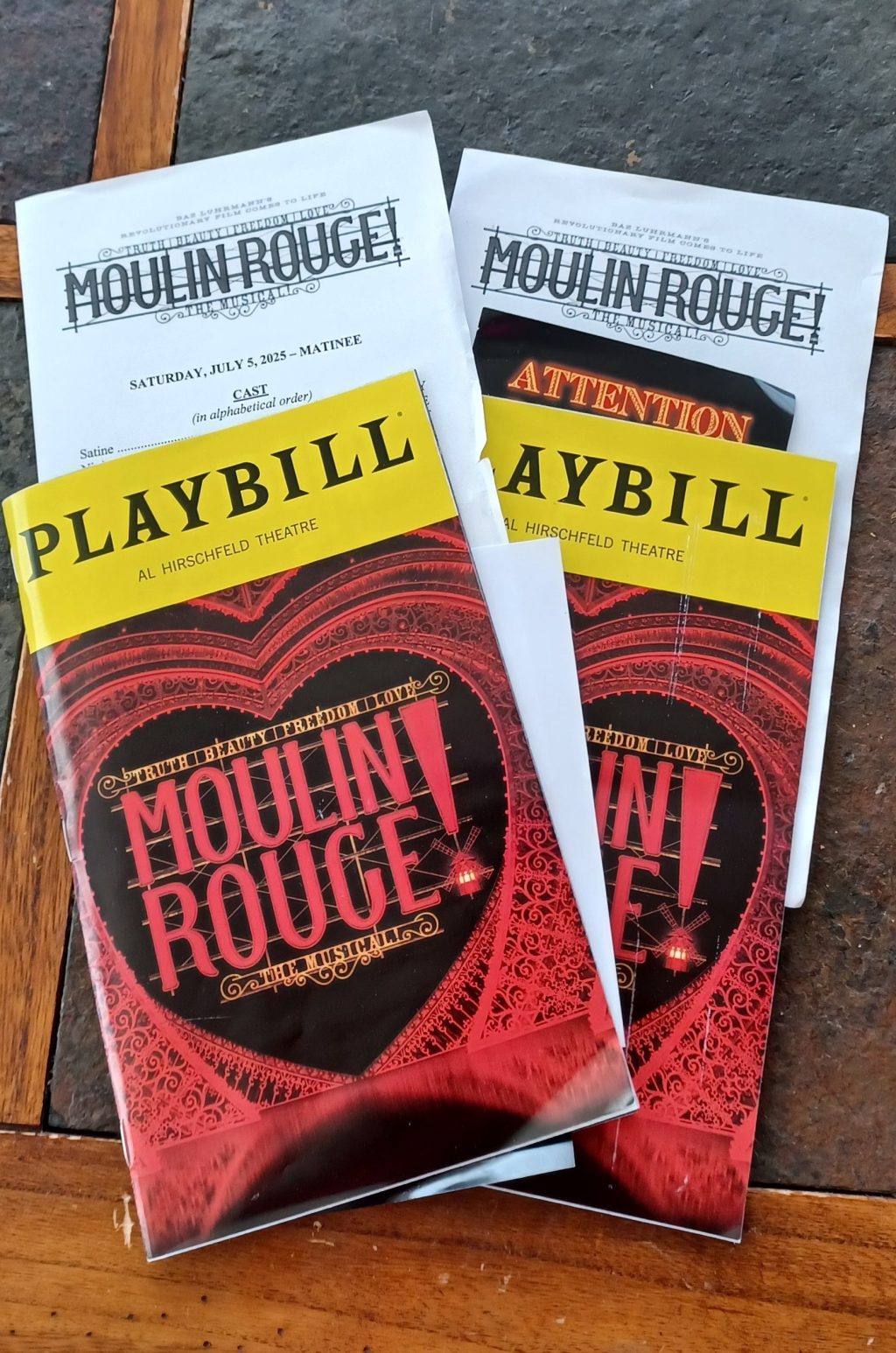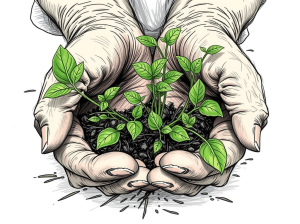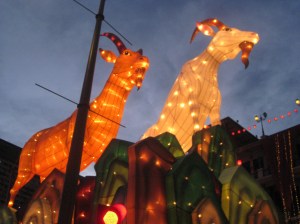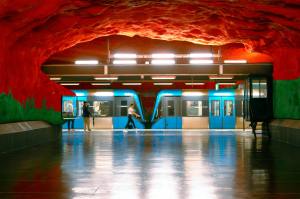-
 Continue reading →: Blogging for thirteen years!
Continue reading →: Blogging for thirteen years!Reflections on words, life, time and blogging over thirteen years.
-
 Continue reading →: Durga Puja at Times Square in New York
Continue reading →: Durga Puja at Times Square in New YorkDurga Puja, the Bengali festival, was celebrated for the first time in Times Square, New York this year in 2024 with much enthusiasm. This marks a significant point in the Goddess’ global reach and for her existence in this country (USA). It is a historic occasion for South Asians in…
-
 Continue reading →: Summer ends, fall begins, change is here
Continue reading →: Summer ends, fall begins, change is hereAs the season changes from summer to fall in New York, I am reminded of life’s changes and seasons in the various places I lived in: Florida, Singapore and Kolkata.
-
 Continue reading →: Food carts in New York, stay lively please!
Continue reading →: Food carts in New York, stay lively please!Please click on the images to read text on the carts! I remember a cold, fall day about six years ago. I was at a new job in the city. It was about half past eight in the morning. I was in line at a food cart just outside one…
-
 Continue reading →: Creating characters and people
Continue reading →: Creating characters and peopleWhat is our relationship to characters we read about in books? What is our relationship to characters we create ourselves? How similar are these two types of relationships with real life interactions? I had to grapple with these ideas last week.
-
Who blogs? Who reads?
Published by
on
 Continue reading →: Who blogs? Who reads?
Continue reading →: Who blogs? Who reads?I’ve been thinking of changing my blog’s theme for a while. Why? After a long hiatus I find that this one, which I liked very much for a long time, does not support many of the features that newer themes can support. I am always suspicious of change, preferring instead…
-
 Continue reading →: Waiting to write
Continue reading →: Waiting to writeI’m sitting at a cafe trying to write because I was at home earlier trying to write. Before that, I thought that if I went to my office, I could write. I made a schedule, hoping that if I split my day into slots of time and put it all…
-
 Continue reading →: Libraries, reading rooms, nostalgia
Continue reading →: Libraries, reading rooms, nostalgiaImagine rows and rows of long tables made of dark, burnished wood in a dark, very large, majestic hall. Imagine rows of table lamps throwing circles of quiet, golden glows on each burnished top stretching to infinity. Visualize rows of heads bent over books in a very, very, quiet space…
-
 Continue reading →: A moment is for ever
Continue reading →: A moment is for everThe crowds of New York aren’t for everyone. Even for me, who grew up in India in one of its most crowded cities, New York can be overwhelming. Out of all these crowded spaces, Penn Station is one of New York’s most crowded where people can simply inundate you. Crowds…
-
 Continue reading →: Is New York City coming back?
Continue reading →: Is New York City coming back?It’s been hard to be in New York City for the past five years since Covid. It was heartbreaking to see closed storefronts and restaurants, empty city streets and forlorn food carts. For a long time, empty commuter trains during rush hour or empty subway cars in the evenings often…
-
 Continue reading →: You changed? A Broadway Visit
Continue reading →: You changed? A Broadway VisitSo it’s July 5th and we go to see this show on Broadway. It’s the matinee and something unusual happens about half-way through, a little before intermission. But I can’t tell you what it was without letting on a little bit of the plot so spoiler alert. It’s a show.…
-
 Continue reading →: Growing Old
Continue reading →: Growing OldSo much has changed since I was seriously blogging, almost a decade ago, that I feel like a different person now. I have changed and the site has changed and so has my eyesight. Can I do this again? Anymore? Writing is expression but writing is also connection. You have…
-
 Continue reading →: Losing Ma
Continue reading →: Losing MaMy blog seems to have lasted with me longer than the people in my life have. Never thought I’d be writing this one. But here it is, published in American Kahani. Losing Ma: The Last Time I Saw Her She had a Little Too Much Vermilion on Her Forehead
-
 Continue reading →: Where are the People?
Continue reading →: Where are the People?And so it is that I try to resurrect something that has fallen by the wayside in my attempt to live in the last few years. And yet, it is so hard to tell stories at a time when the people whose stories one might tell are all so far…
-
Continue reading →: Returning
I once lived in a green, tree lined little oasis in the middle of a big, bad, smoky, sooty city where the train used to whistle by at all odd hours and the grass used to be lined with unopened buds of red krishnachura flowers from the gigantic trees after…
-
Continue reading →: O brave new world,/ that has such people in’t!
A little corner of a space station, on an island-city-nation, between what is known and unknown I tried a couple of times to write something about the letters, to say something smart, witty or profoundly philosophical but nothing that I started to say was going to come close to the…
-
 Continue reading →: Magic
Continue reading →: MagicSometimes you find magic in the weirdest of places like the tiny blade of grass that grows in a crack in the concrete. White, grainy, dusty all around in the dazzling hot sun and then a small line of green on a hard surface. Unexpected. Undesired. Perhaps unwanted but there…
-
Continue reading →: Sign from above
I love going to restaurants and movies alone. When alone, I usually don’t get a good seat but today they ushered me to a pretty good spot at my favourite Sichuan restaurant right under this lighted sign. I felt pretty good. In case you can’t read this, here are the…

I’m, Bottledworder. Always inhabiting the half-streets, catching paradoxes, thinking in greys, trapping the world in words in my bottle.
Let’s connect
Join 10.1K other subscribers
201,923 hits
Recent posts
- Blogging for thirteen years!

- Durga Puja at Times Square in New York

- Summer ends, fall begins, change is here

- Food carts in New York, stay lively please!

- Creating characters and people

- Who blogs? Who reads?

- Waiting to write

- Libraries, reading rooms, nostalgia

- A moment is for ever

- Is New York City coming back?

- You changed? A Broadway Visit

Archives
- September 2025
- August 2025
- July 2025
- June 2025
- May 2021
- April 2020
- May 2017
- May 2016
- September 2015
- July 2015
- May 2015
- February 2015
- January 2015
- October 2014
- September 2014
- August 2014
- July 2014
- June 2014
- March 2014
- February 2014
- January 2014
- December 2013
- November 2013
- October 2013
- September 2013
- August 2013
- July 2013
- June 2013
- May 2013
- April 2013
- March 2013
- February 2013
- January 2013
- December 2012
- November 2012
- October 2012
- September 2012
- August 2012
- July 2012
- June 2012
- May 2012

